1. The Motormat, a Los Angeles drive-in where the food was sent out on conveyor belts right to your car, 1948
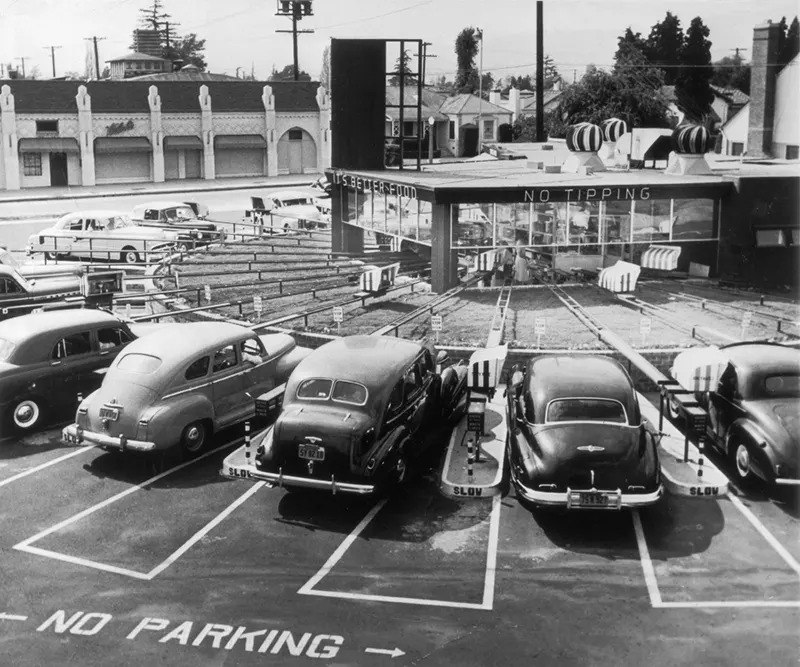

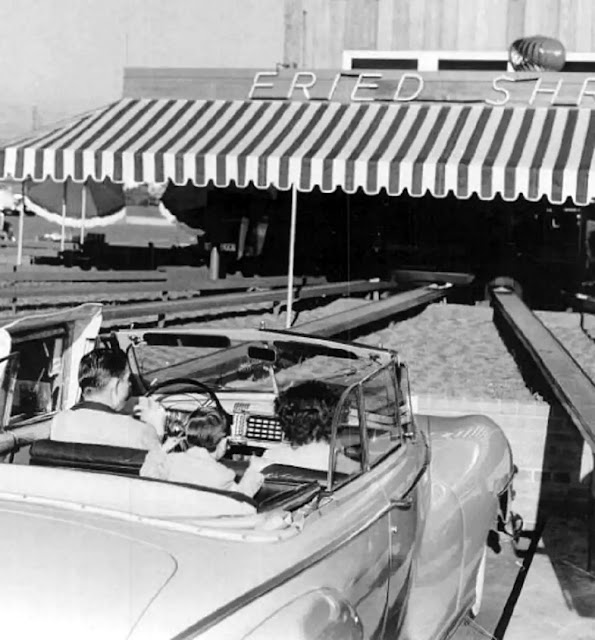
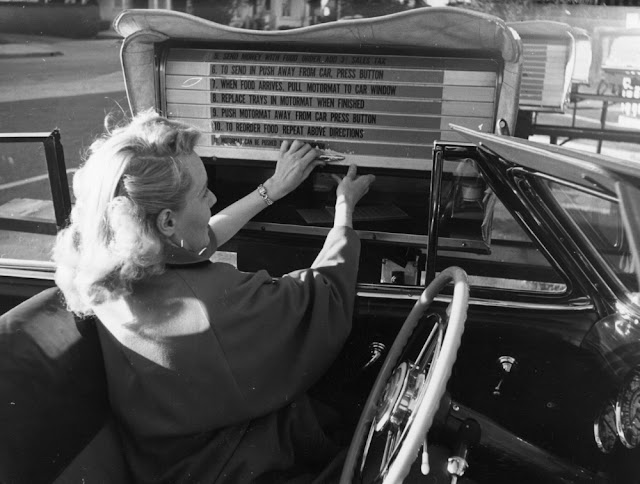

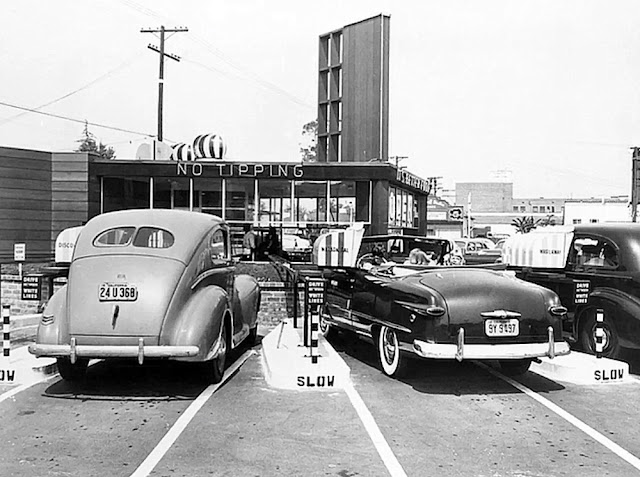
Found on Vintage Everyday.
2. These lovely sketches by Jeanne Lanvin from 1929
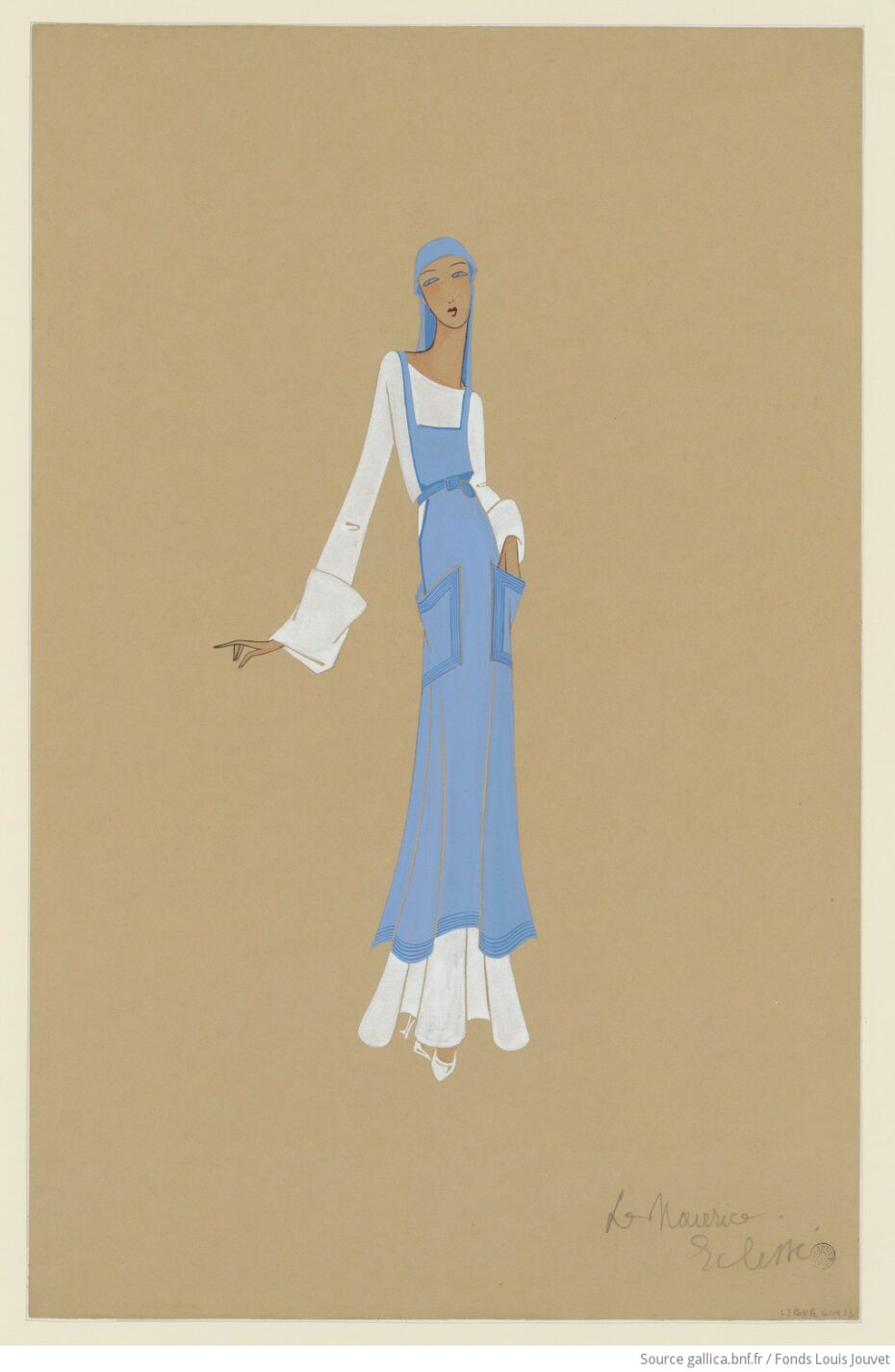
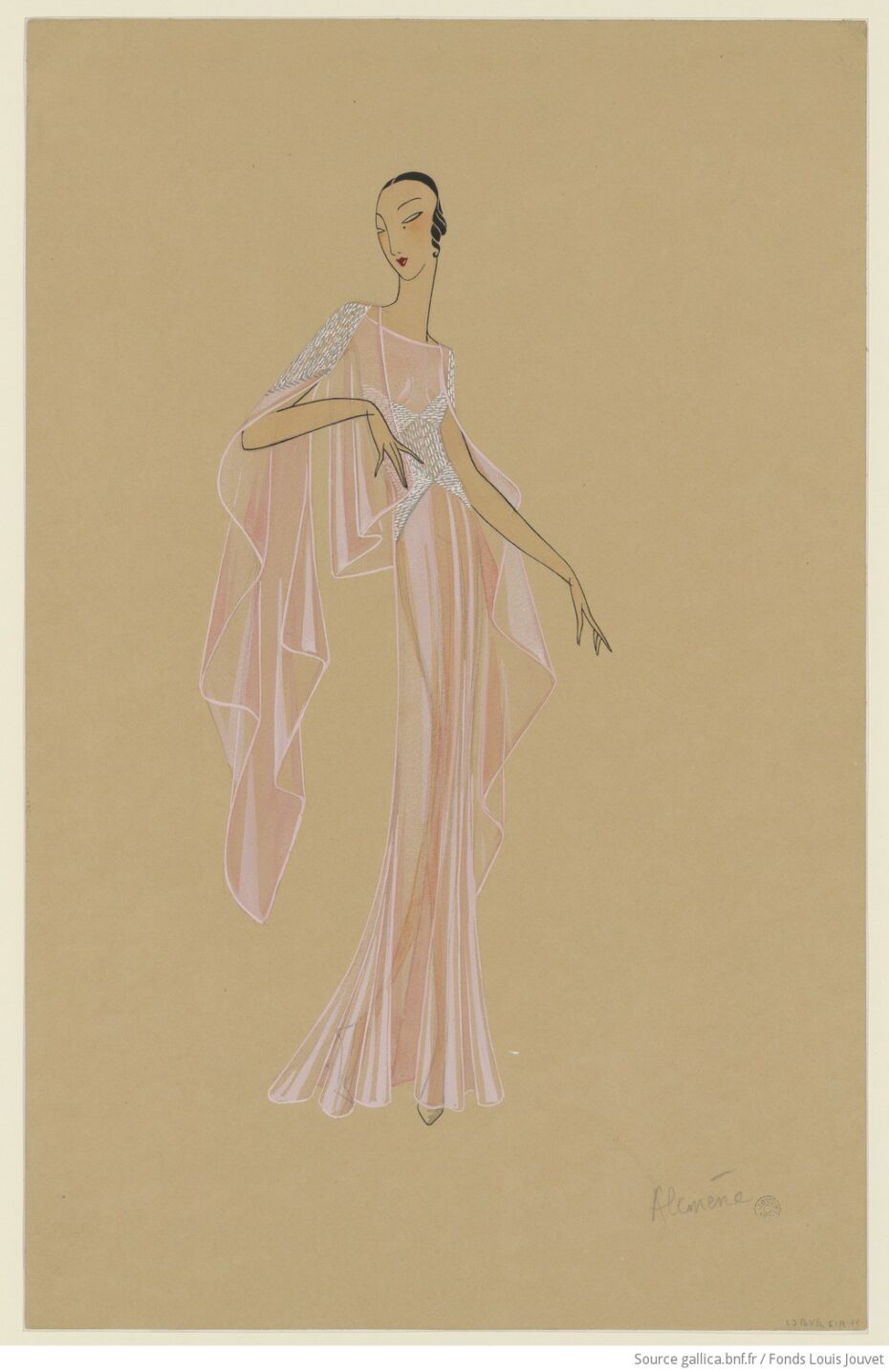
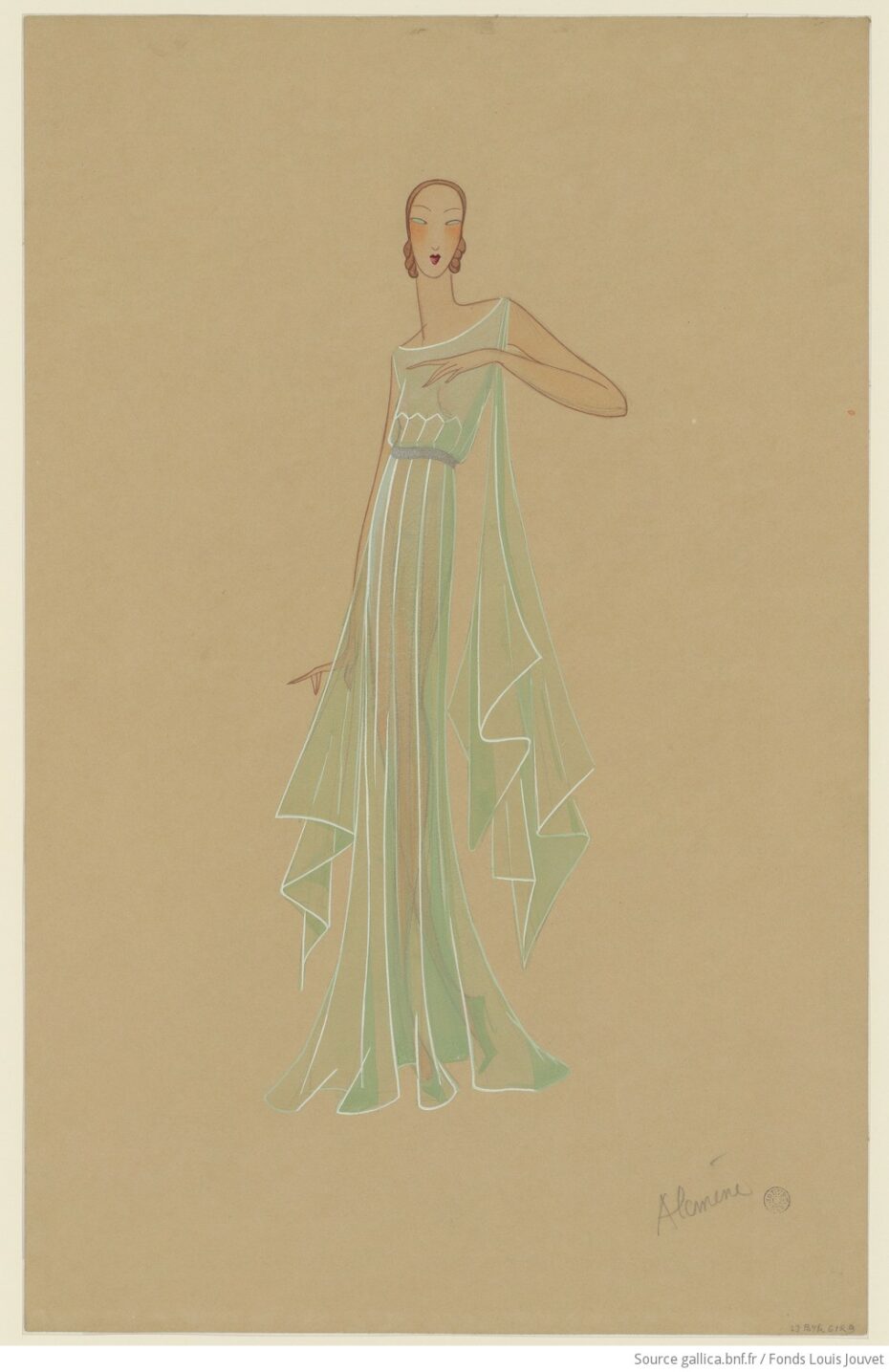
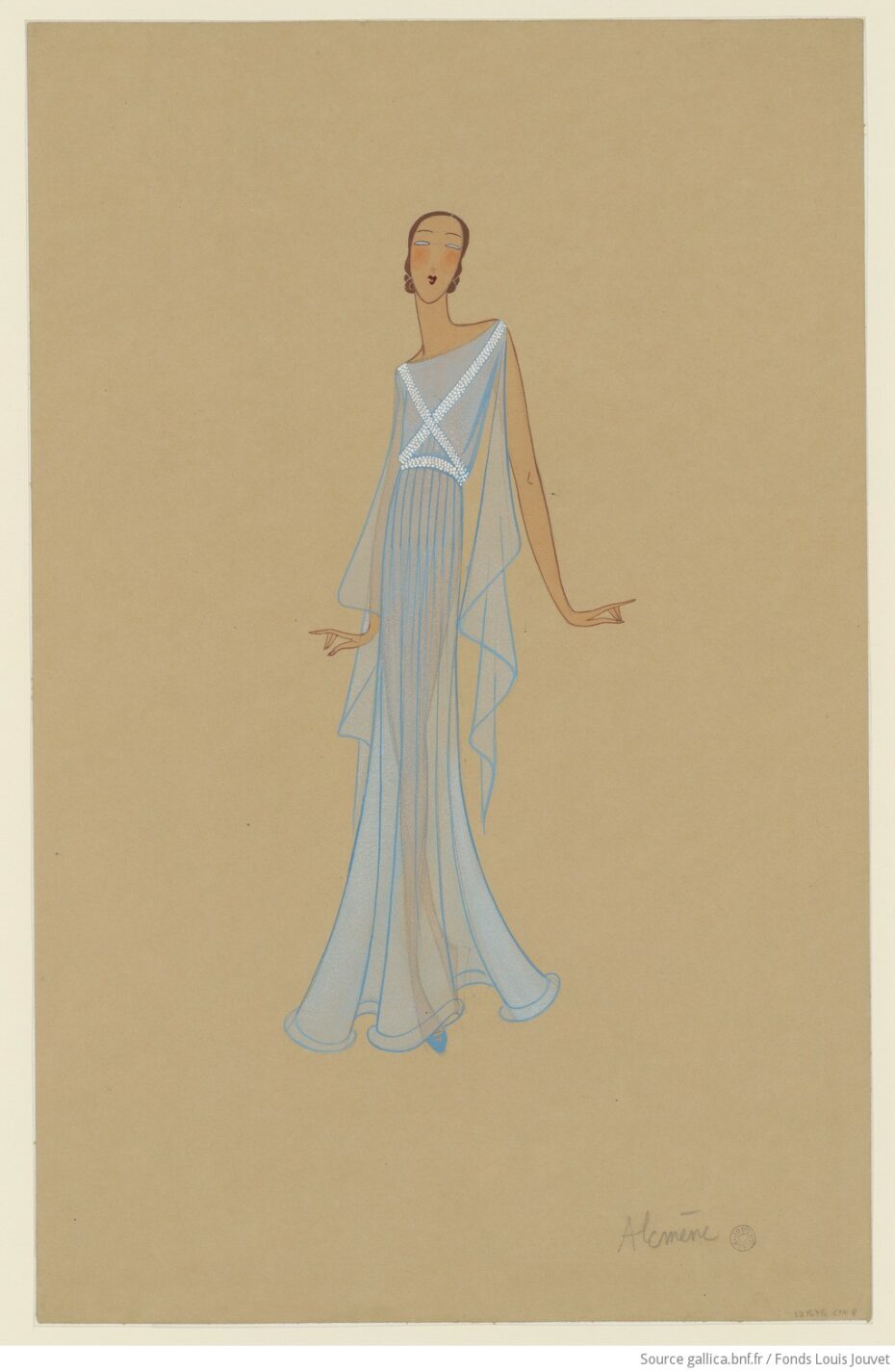
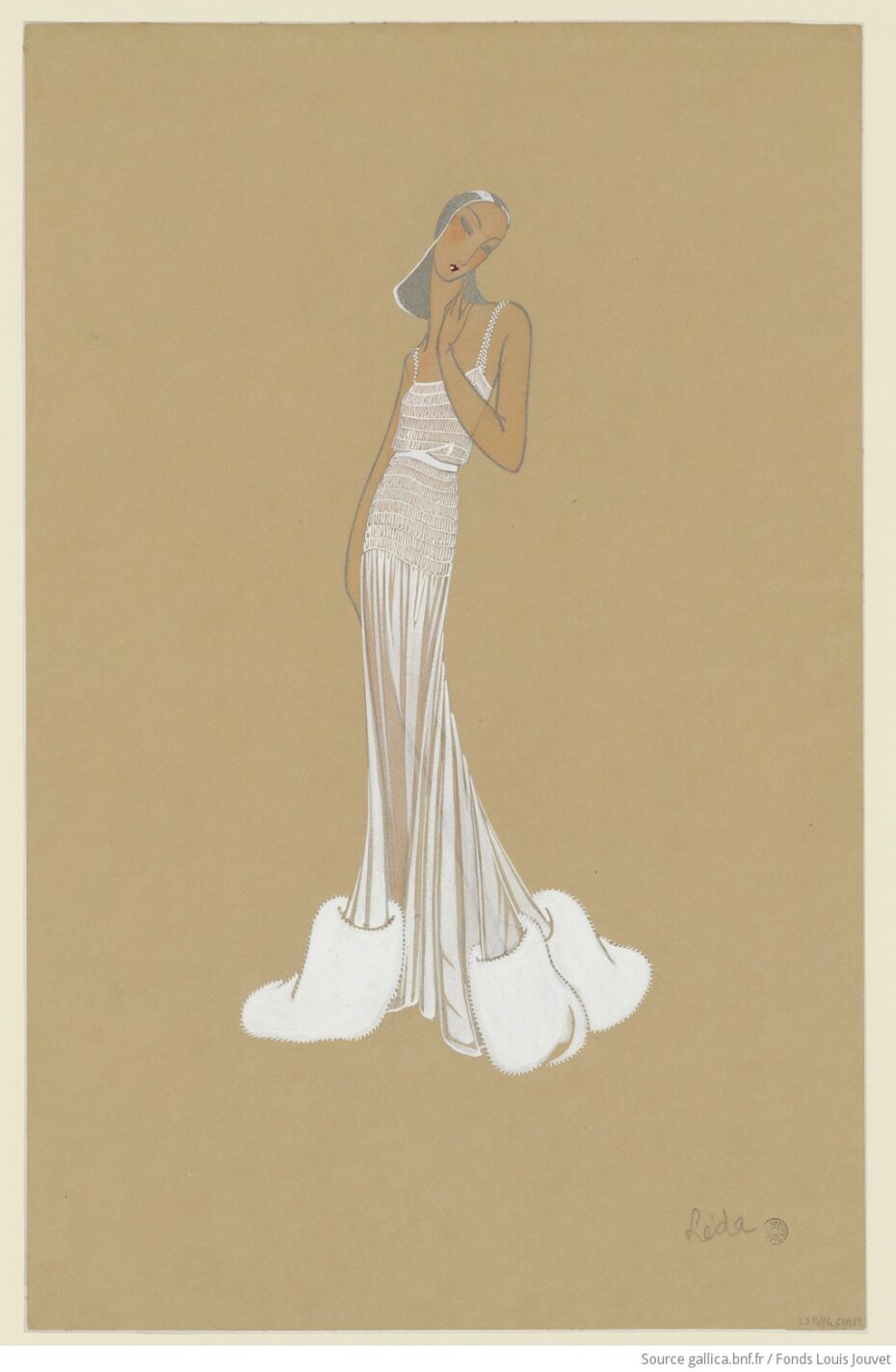
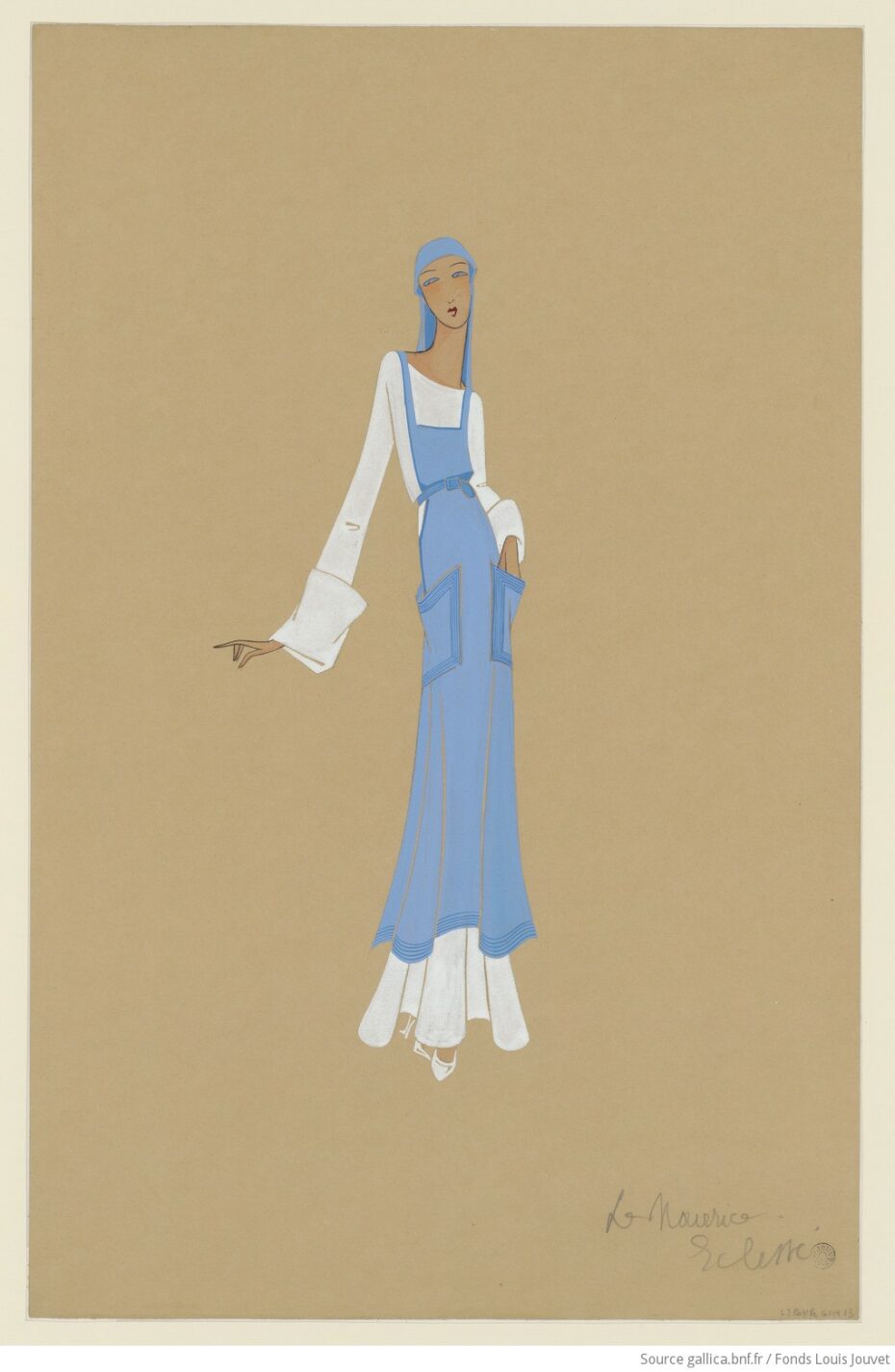
Found in the French National Archives.
3. Taiwanese couple in their 80s pose with clothes forgotten at their laundromat, become fashion influencers






Found on Instagram. The NYT also did a feature on them here.
4. Nostalgia Hit: Hundreds of vintage Swatch watches went up for auction






From the collection of Esther Montagner, among the brand’s earliest ambassadors, traveling the world and becoming part of a close-knit community united in passion for Swatch. Found via Present & Correct.
Sorry we didn’t alert you to the auction earlier, but we highly recommend staying tuned to Los Angeles Modern Auctions, specializing in 20th century Modern art and design.
5. A thrift-store painting cost her $4. It could sell for up to $250,000
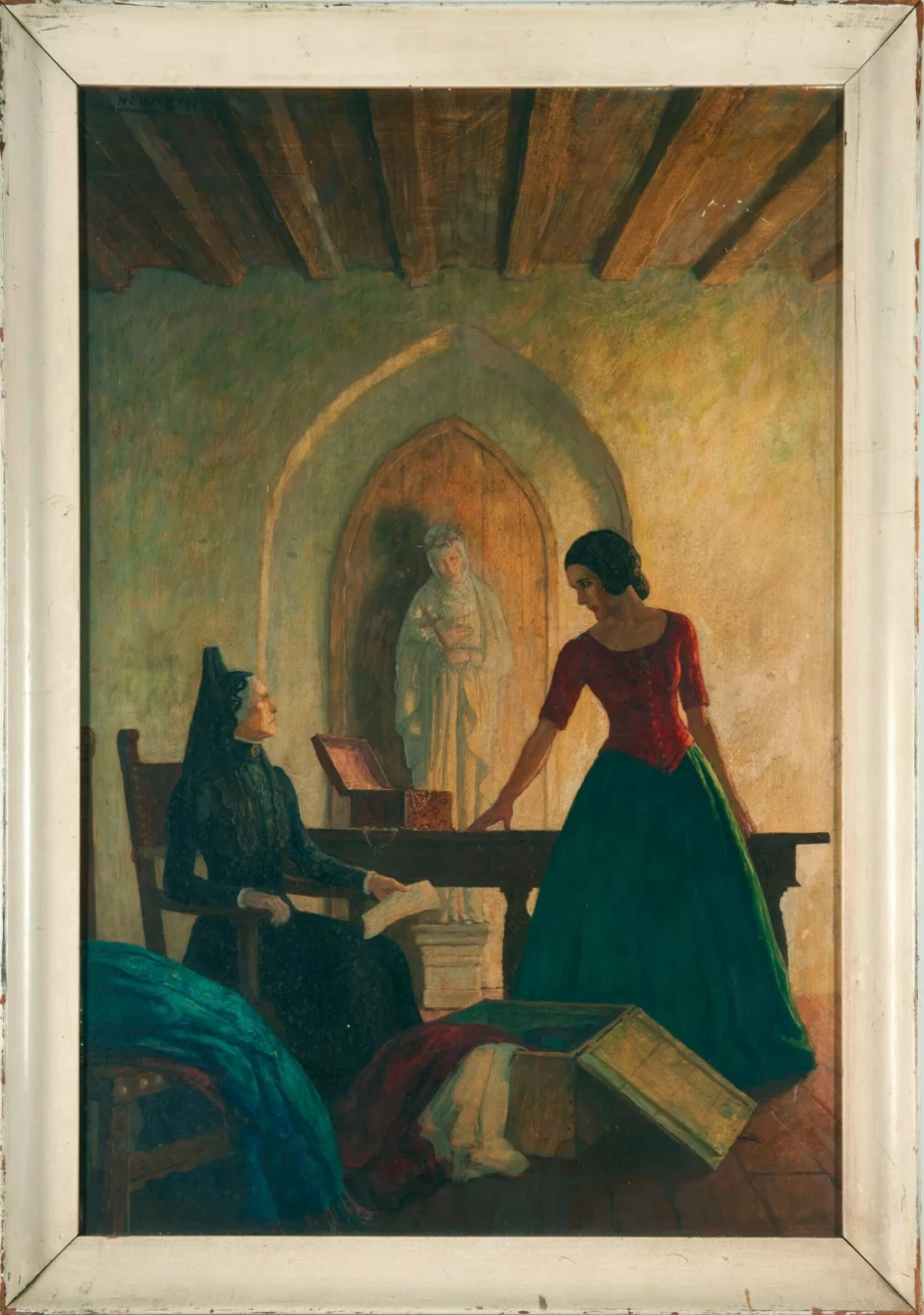
This painting, found in a New Hampshire thrift store, has been confirmed as an N.C. Wyeth illustration that has been missing since the late 1930s. (Courtesy of Bonhams Skinner).
Article found on The Washington Post.
6. In 1965 Hasbro introduced the “Little Miss No Name” doll. Her theme was socioeconomic disadvantage.


Little Miss No-Name remains popular with vintage toy collectors. Rare mint-condition, in-box versions sell for triple digits at auction.
Found on Toy Tales.
7. “Gay Bob”—one of the first homosexual dolls ever made was stored in a box made to look like a closet

The anatomically-correct doll came out in the 1978 amid tons of controversy. Esquire awarded the toy the “Dubious Achievement Award” and the toy sold remarkably well throughout the year.
Found on Advocate.
8. The Ivory Dolls that Chinese women in the Ming & Qing dynasties would point out their medical troubles to seek help
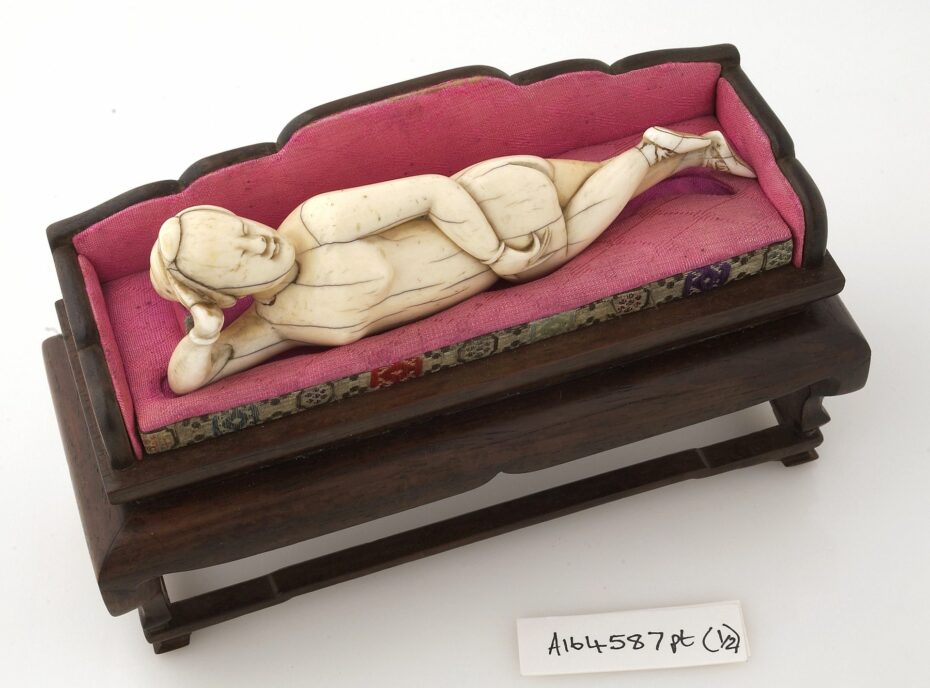
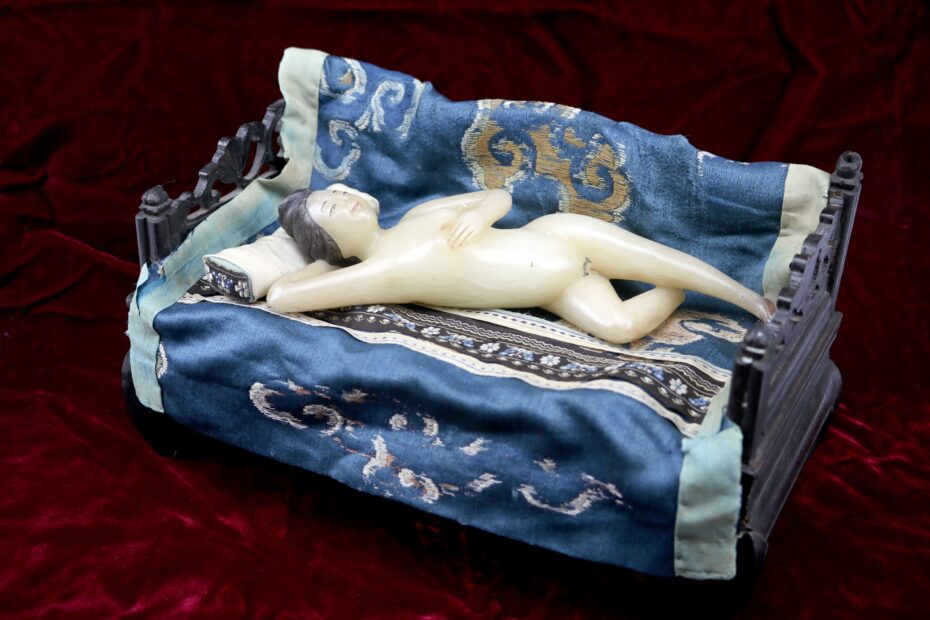
Often when a woman saw a doctor in 18th-century China, she wasn’t allowed to actually see him. Instead, she sat behind a curtain or bamboo screen, where she had to map out her pain on a body that wasn’t her own.
Found on Atlas Obscura.
9. The Only Known Photograph of “Colditz Cock”

The Colditz Cock was a glider plane built by British prisoners of war during World War II for an escape attempt from Oflag IV-C (Colditz Castle) prison camp in Germany. The officers who took part in the project built a false wall to hide the secret space in the attic where they slowly built the glider from stolen pieces of wood. Since the Germans were accustomed to looking down for tunnels, not up for secret workshops, the officers felt quite safe from detection. Nevertheless, they placed many lookouts and created an electric alarm system to warn the builders of approaching guards. The idea for the glider came from Lieutenant Tony Rolt.
Rolt, who was not even an airman, had noticed the chapel roof line was completely obscured from the German guards’ view. He realised that the roof would make a perfect launching point from which the glider could fly across the River Mulde, which was about 60 metres below.
The take-off was scheduled for the spring of 1945 during an air raid blackout but by then the Allied guns could be heard and the war’s outcome was fairly certain. The British escape officer decided that the glider should be available for use in case the SS ordered the massacre of the prisoners as a way to get a message out to approaching American troops. The glider was approaching completion when the American Army liberated the prisoners on 16 April 1945.
Found on Wikipedia.
10. The oldest socks (according to the internet)
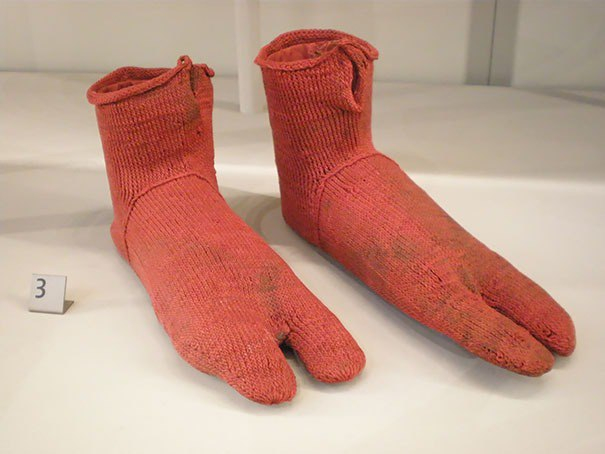
These Egyptian wool socks, designed to be worn with sandals, were made between 300 and 499 AD, and discovered in the XIX century.
Found on Reddit.
11. The Fight for the Right to Trespass

I really enjoyed this lovely Sunday read (also available as a podcast) about a group of ramblers and English activists who want to legally enshrine the “right to roam” — and spread the idea that nature is a common good.
“To certify a right of way, you have to prove that you’ve never asked a landowner for permission to walk there (which turns a right into a retractable handout); that you have used it for at least 20 years (an accepted stand-in for proof that a right has been earned by virtue of being exercised since “time immemorial,” a period which, because of quirks of English law, officially ended with the death of Henry II in 1189); and that you and others have used the path openly without your right to do so being challenged.”
Full of interesting history and facts. Found on The New York Times (listen to the author on The Daily).
12. Harvesting Cranberries On Cape Cod, Massachusetts

The berries start turning red by late August. Early season cranberry varieties can be harvested around mid-September. The perfect time for harvesting most cranberry varieties is in October, though. About 95% of the berries are harvested by the end of the month.
Before we know it, it’ll be Thanksgiving again.
Found here.
















